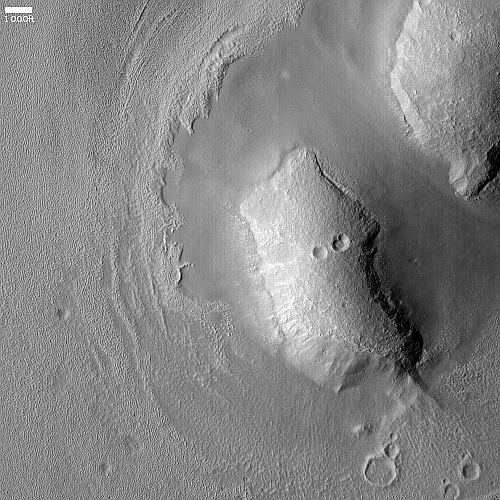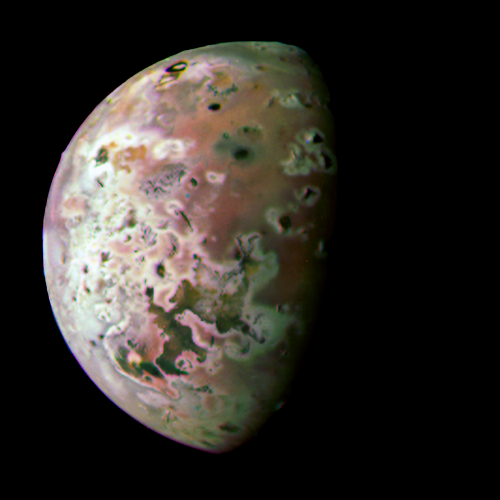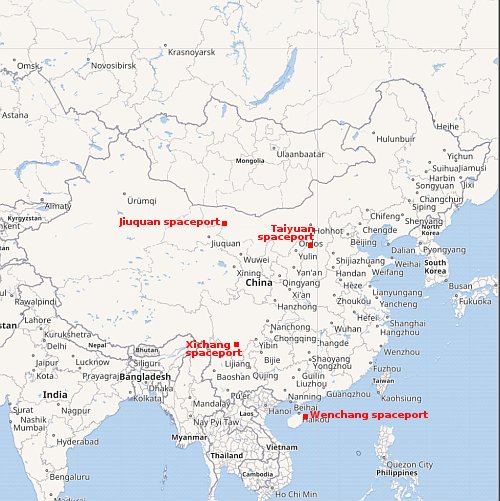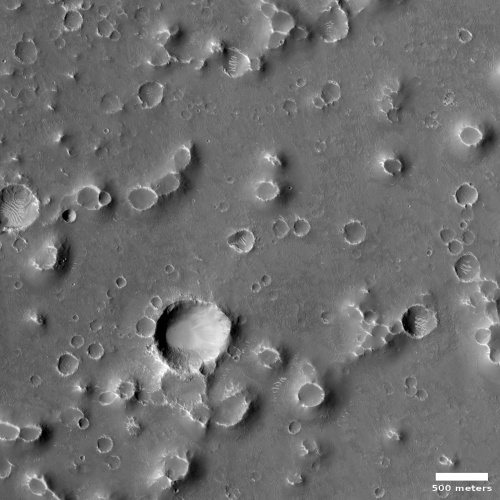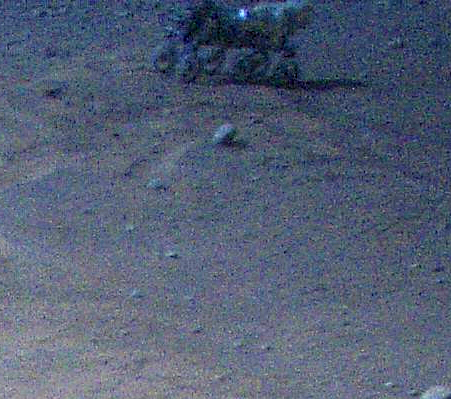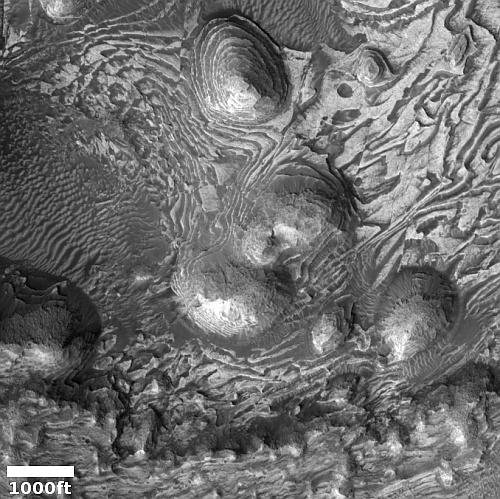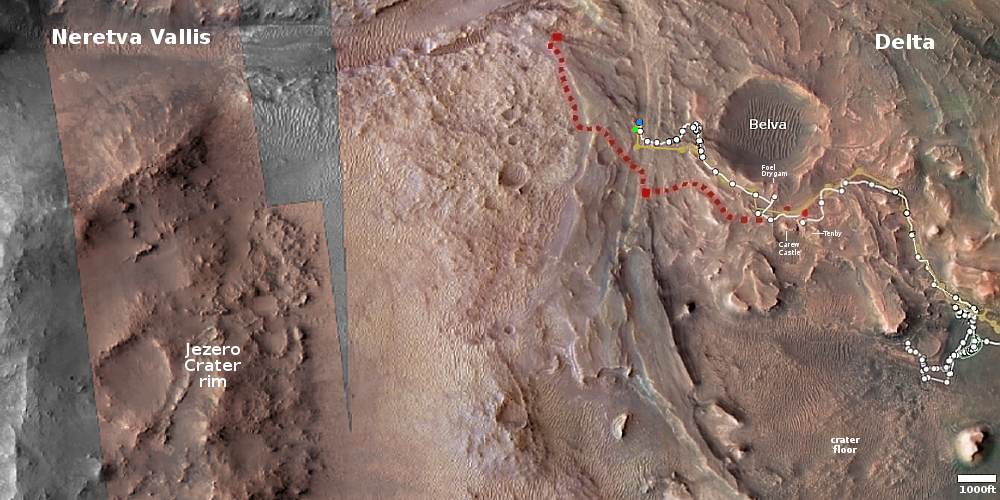The icy mountains close to where SpaceX hopes to land Starship on Mars
Cool image time! The photo to the right, rotated, cropped, reduced, and sharpened to post here, was taken on June 25, 2023 by the high resolution camera on Mars Reconnaissance Orbiter (MRO). Labeled as showing “flow features” by the scientists, it gives us a nice example of many of the different types of glacial and near-surface ice features seen routinely in the Martian latitudes above 30 degrees, especially in the northern hemisphere.
First there is the apron around the mound. Its layering suggests the many cycles that Mars’ climate has undergone as its rotational tilt swung back and forth from as low as 11 to as much as 60 degrees (it is presently at 25 degrees).
The mound, with those two depressions at its peak, suggests the possibility that it is some form of ice/mud volcano, similar to the suspected ice/mud volcanoes routinely seen in the northern lowland plains of Utopia Basin.
» Read more
Cool image time! The photo to the right, rotated, cropped, reduced, and sharpened to post here, was taken on June 25, 2023 by the high resolution camera on Mars Reconnaissance Orbiter (MRO). Labeled as showing “flow features” by the scientists, it gives us a nice example of many of the different types of glacial and near-surface ice features seen routinely in the Martian latitudes above 30 degrees, especially in the northern hemisphere.
First there is the apron around the mound. Its layering suggests the many cycles that Mars’ climate has undergone as its rotational tilt swung back and forth from as low as 11 to as much as 60 degrees (it is presently at 25 degrees).
The mound, with those two depressions at its peak, suggests the possibility that it is some form of ice/mud volcano, similar to the suspected ice/mud volcanoes routinely seen in the northern lowland plains of Utopia Basin.
» Read more

